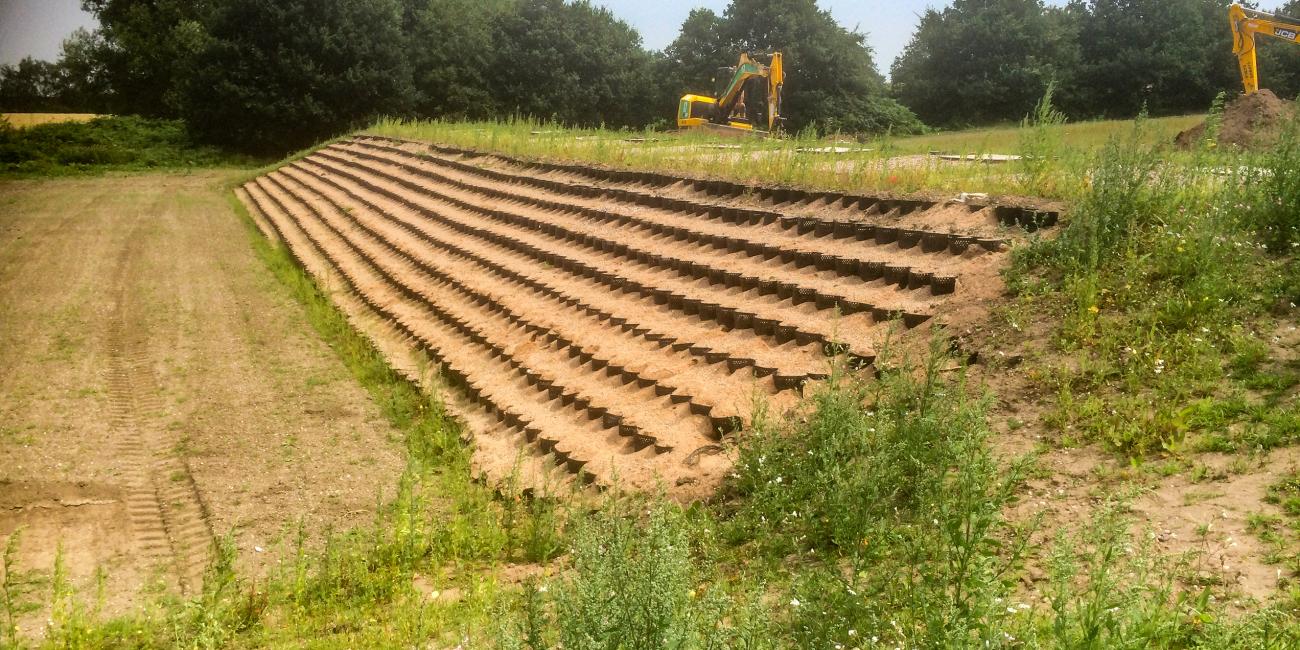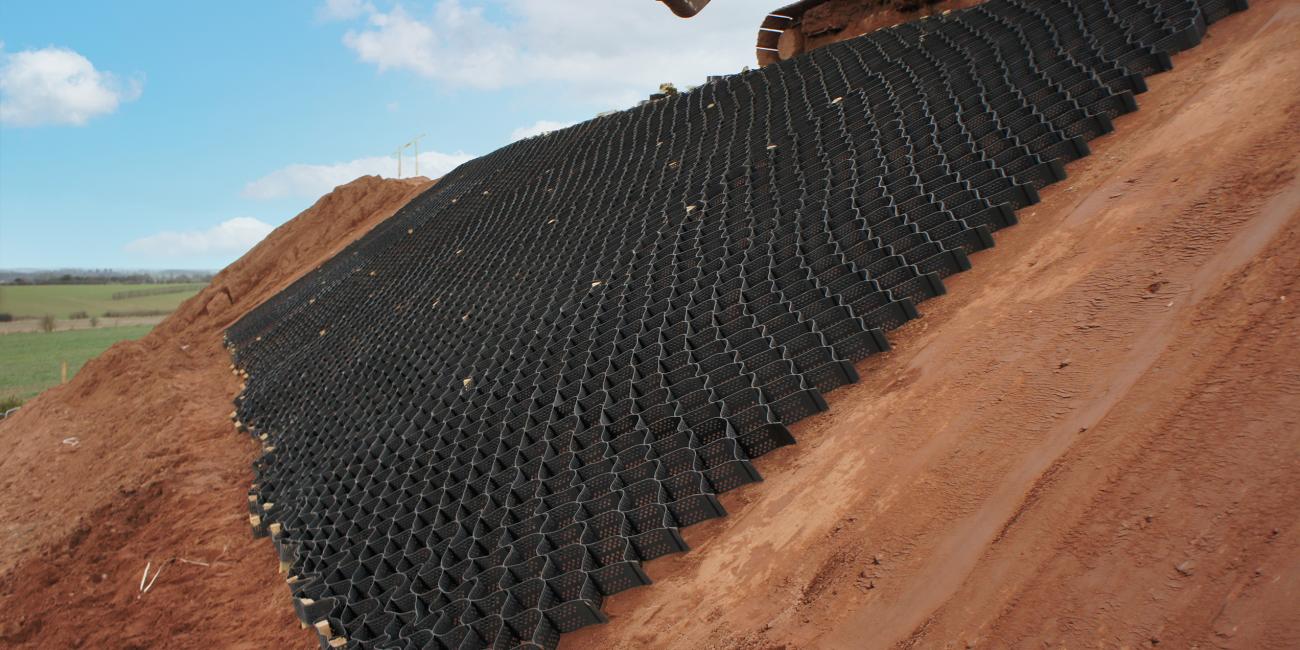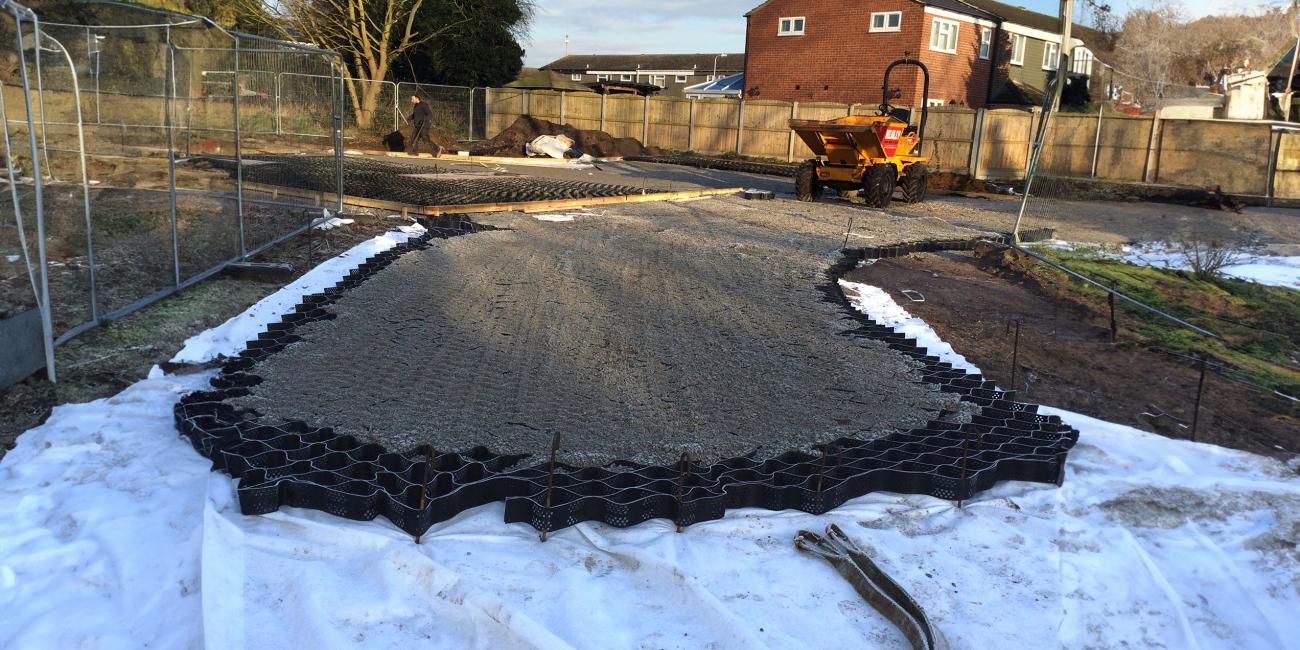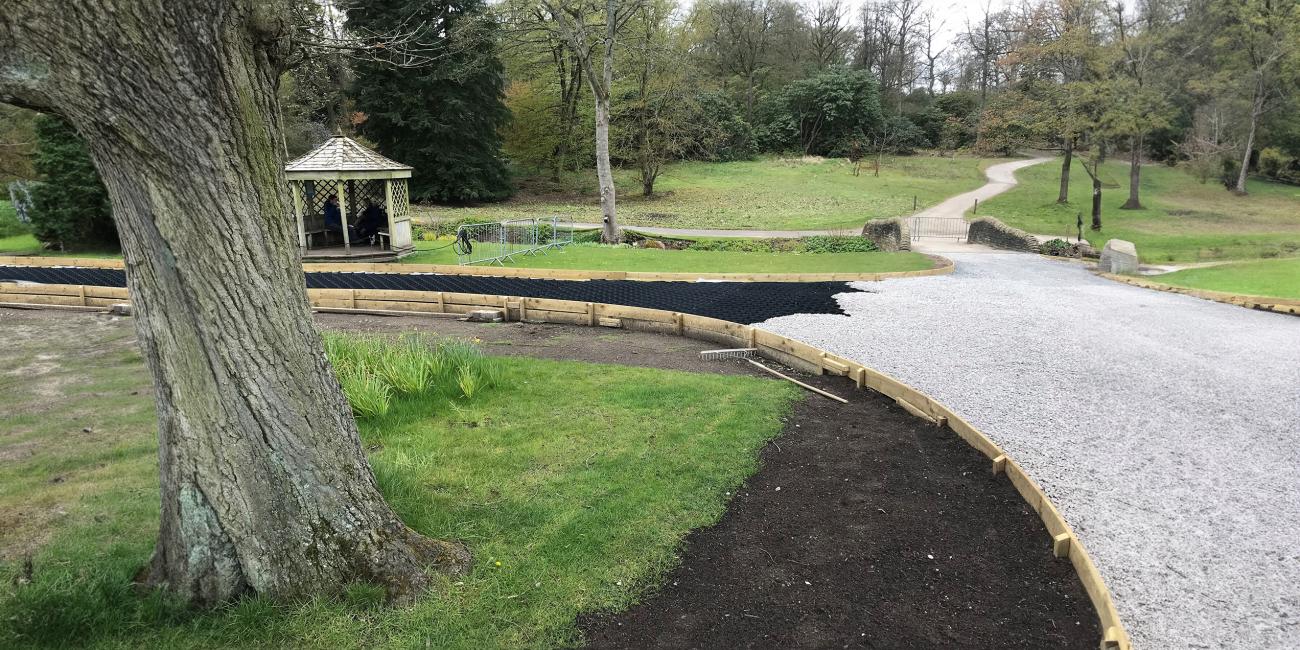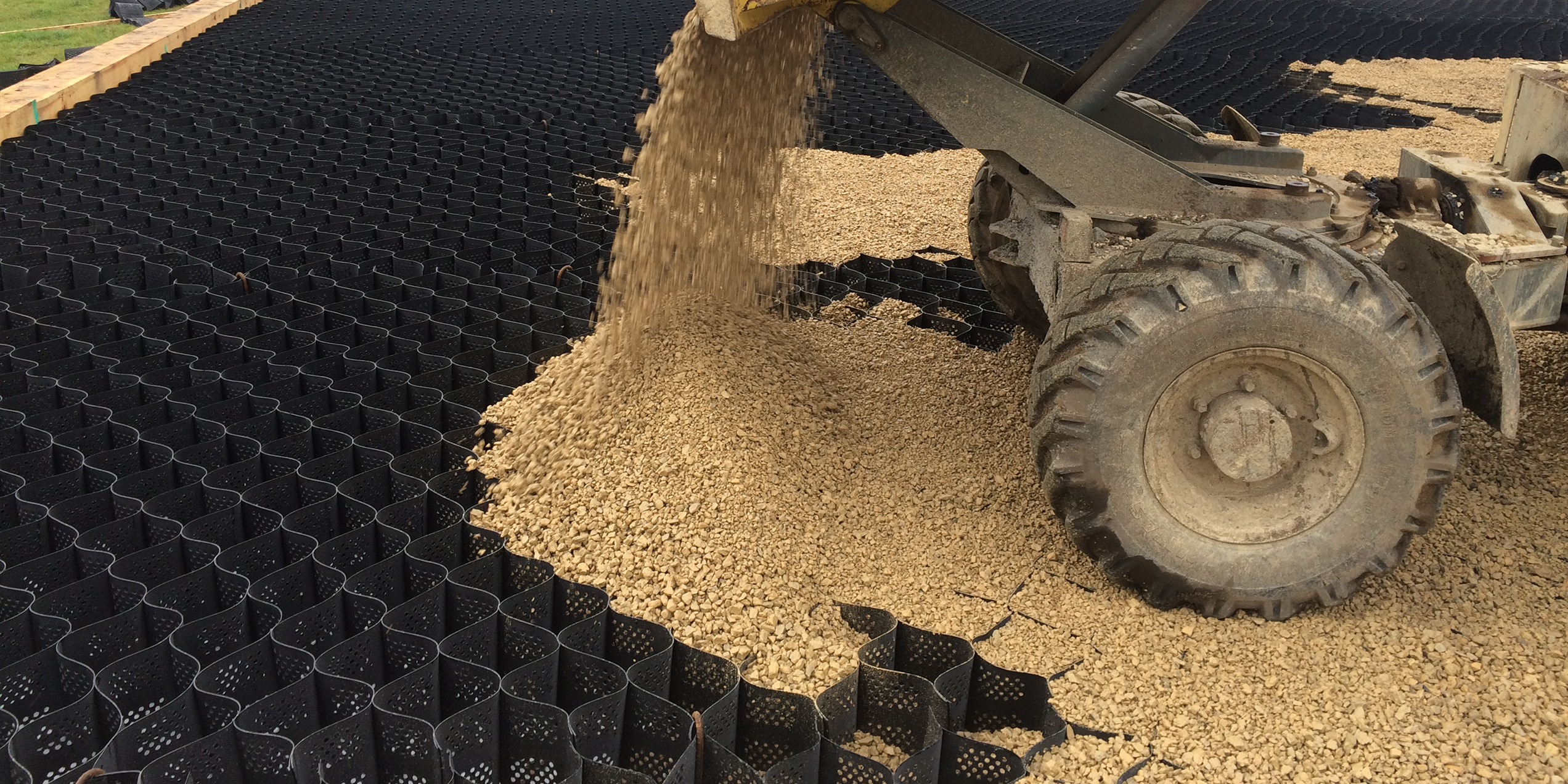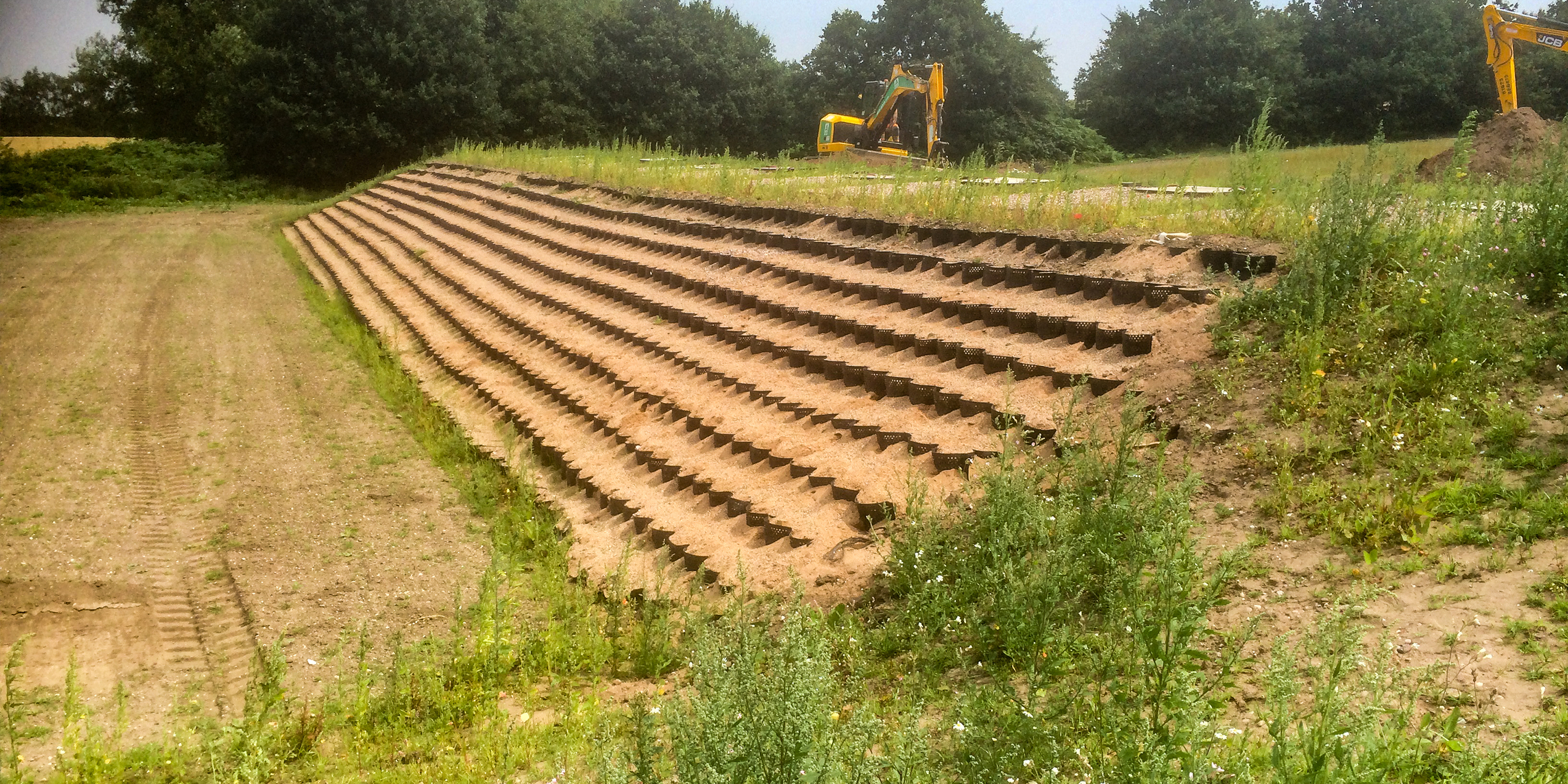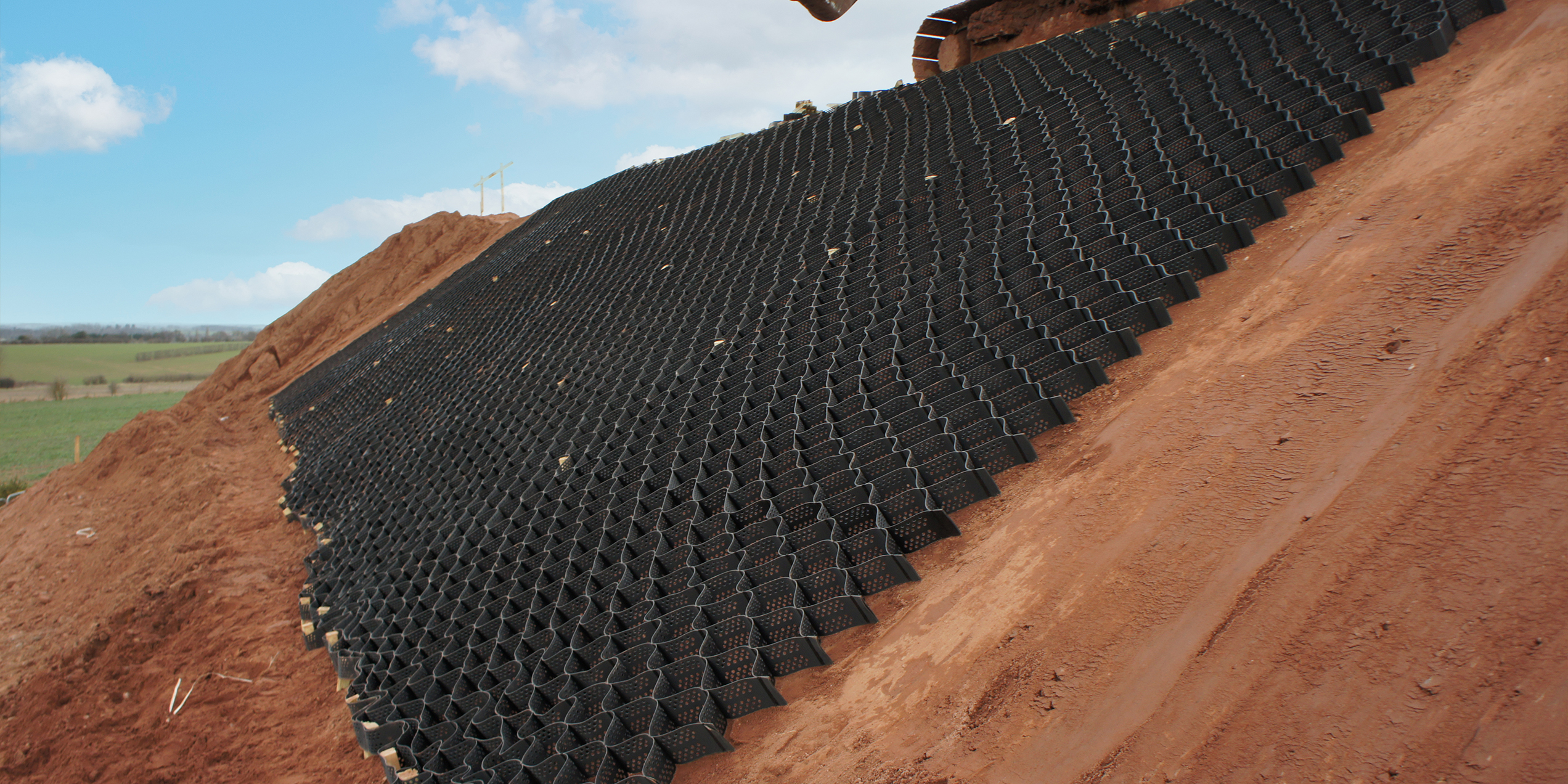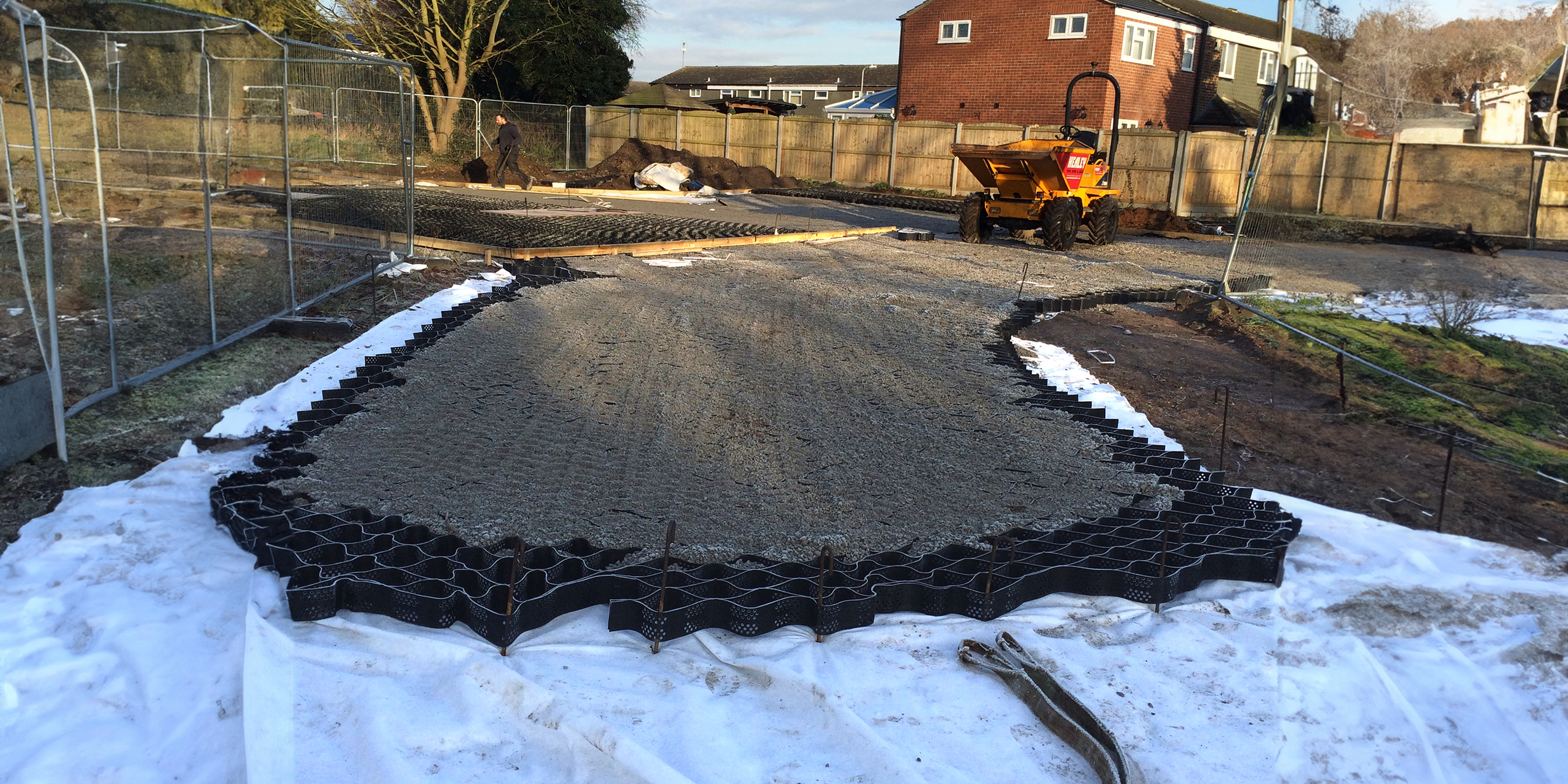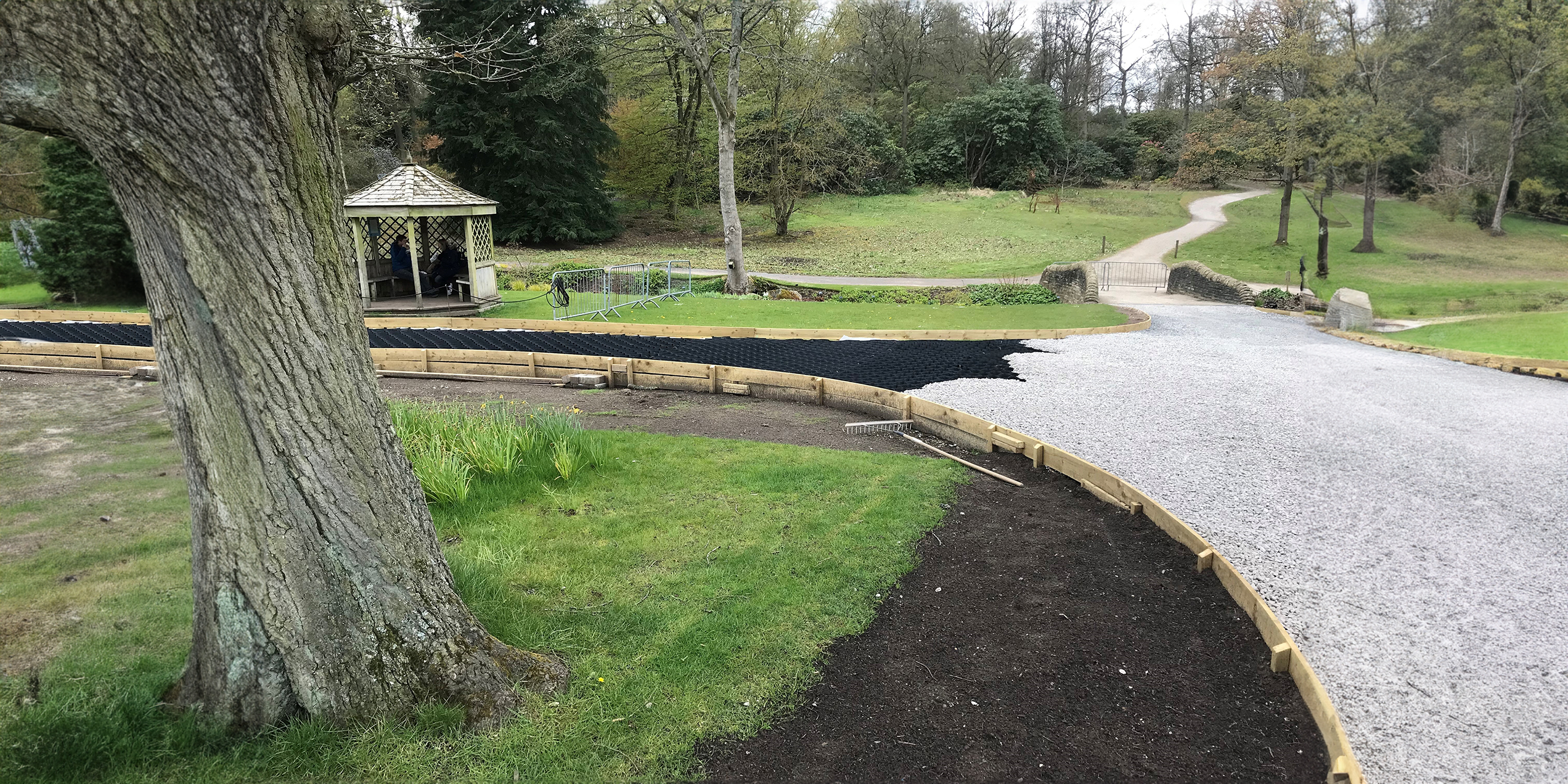
Geocells hold underestimated potential within modern constructionIntroductionDesign engineers and contractors face increasing demands to use environmentally sustainable construction methods and materials. Adverse weather conditions, from storms and heavy rainfall to hotter, drier summers, can also have a huge impact on their projects. It’s a juggling act that has led to the growth in popularity of geocells. Projects that demand strong ground stabilisation techniques, reliable slope reinforcement and essential tree root protection can all benefit. Geocells provide cellular confinement for various types of material infill, offering a durable solution for erosion control on embankments and slopes, even steep ones, and reducing the number of materials needed to create stability and protection. With so many benefits of using geocells, it’s easy to overlook all the ways that they may be helpful within modern construction and civil engineering projects. Why use geocells and geotextiles?As our towns and cities continue to grow, so does the demand for construction solutions that are safe, sustainable and affordable. Ensuring the right geotextile solution is chosen is an essential part of a project’s long-term safety and success. A project could require reinforcing the ground, separating aggregates or providing drainage and filtration, or a combination of these. Slope stability and erosion protectionCellular confinement systems can reduce erosion and provide structural reinforcement while being virtually invisible from the surface once in-filled. They are pinned on slopes to give stability and retain topsoil or in-fills. This system prevents potential erosion or slumping. Once in place, they are often seeded to encourage vegetation growth, in order to hide in plain sight. Retaining structuresThe panels can be stacked and filled to create a gravity-retaining structure, while the exposed pockets can be vegetated. GalleryChannel protectionA variety of fill materials can be used in channel protection. Concrete provides a hard armoured finish and can be used in high-flow areas to prevent the use of time-consuming and expensive shuttering. In low-flow, remote areas, the cells can easily accommodate smaller stones. Basal reinforcementThe cellular structure of the systems confines and resists the lateral movement of the fill, lending a ‘mattress’ effect that can distribute surface loads. This works especially well in driveways, car access tracks and pedestrian pathways. Installing a CellTrack product on the running surface can create an aesthetically pleasing finish. Tree root protectionTrees are increasingly under threat from new construction projects and the expansion of our towns and cities. Protecting them is often now recognised as an essential stage in development planning. The health of existing trees on development sites comes under threat when soil is compacted above the root protection area. This can be particularly felt on paths, cycle routes, roads and car parks. The pressure can starve the roots of vital nutrients the tree needs to survive. Problems can arise from site traffic accessing the land before building work starts and the storing of heavy materials above the tree roots. Tree roots can also be exposed to contamination from vehicle leaks. These are serious issues, which are often covered by tree preservation legislation – it is therefore important to be compliant. ProtectaWebOur ProtectaWeb tree root protection system is a proven method of helping the construction of access routes or parking areas close to trees without causing them undue stress. Once ProtectaWeb is placed over an area, the three-dimensional cells are filled with stone, which allows drainage and aeration. This ensures maximum water supply to the tree roots, even on a gradient. It is then completed with a porous surface that provides an even distribution of traffic weight. It is a cost-effective installation for slope reinforcement, even on steep banks. Once infilled, it provides a semi-rigid foundation and reduces the number of materials needed to create stability. Our geosynthetics adviceOur solutions have been successfully used on thousands of projects. From major road and rail infrastructure projects to car parks, housing estates, garden landscaping and coastal defences. Meanwhile, our geosynthetics division continues to grow. While the construction industry has faced challenges with supply and demand, wherever projects have made progress it is likely that geosynthetics were used to improve ground conditions for access and long-term use. We understand that time means money in construction projects, with rapid solutions needed for problematic ground conditions. Our geosynthetics are designed to eliminate this worry – and, importantly, to help achieve significant savings in carbon emissions. Related products
| ||||||||||||||||||||




